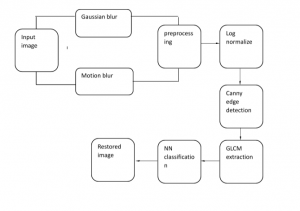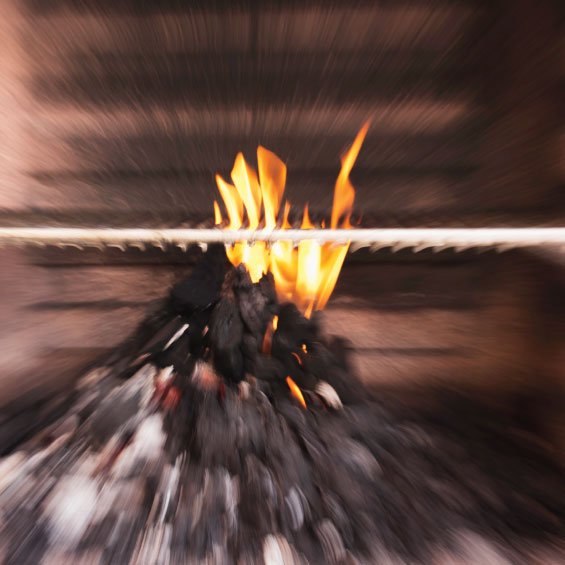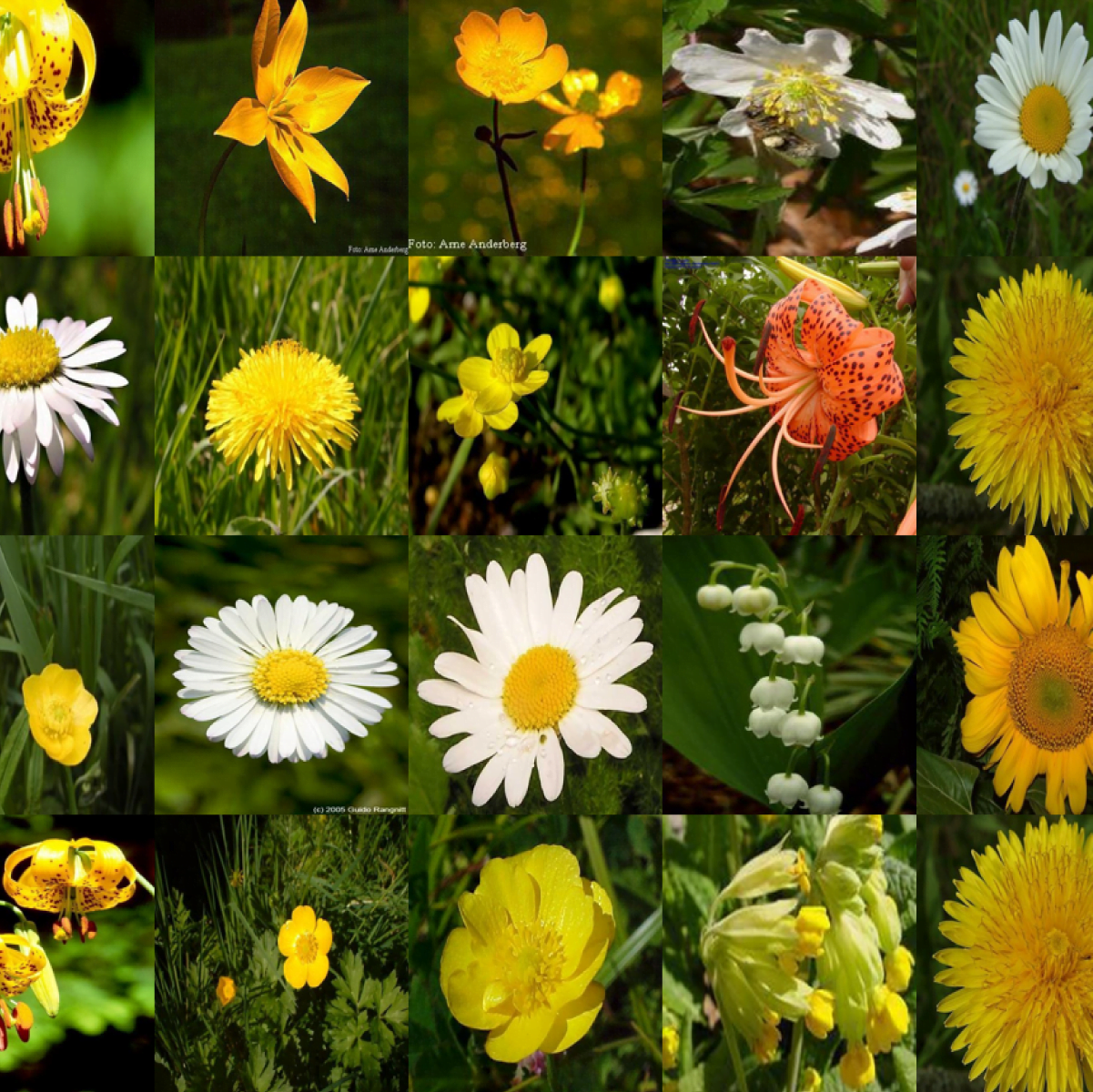Description
Blind Image Blurr Estimation using Deep Learning
Abstract:
Image blur kernel estimation is critical to blind image deblurring. Most existing approaches exploit handcrafted blur features that are optimized for a certain uniform blur across the image, which is unrealistic in a real blind deconvolution setting, where the blur type is often unknown. To deal with this issue, we aim at identifying the blur type for each input image patch and then estimate the kernel parameter in this paper. A learning-based method using a pre-trained deep neural network (DNN) and a general regression neural network (GRNN) is proposed to first classify the blur type and then estimate its parameters, taking advantage of both the classification ability of DNN and the regression ability of GRNN. To the best of our knowledge, this is the first time that pre-trained DNN and GRNN have been applied to the problem of blur analysis. First, our method identifies the blur type from a mixed input of image patches corrupted by various blurs with different parameters. To this aim, a supervised DNN is trained to project the input samples into a discriminative feature space, in which the blur type can be easily classified. Then, for each blur type, the proposed GRNN estimates the blur parameters with very high accuracy. Experiments demonstrate the effectiveness of the proposed method in several tasks with better or competitive results compared with the state of the art on two standard image data sets, i.e., the Berkeley segmentation data set and the Pascal VOC 2007 data set. In addition, blur region segmentation and deblurring on a number of real photographs show that our method outperforms the previous techniques even for non-uniformly blurred images. Blind Image Blurr Estimation using Deep Learning
Blind Image Blurr Estimation using Deep Learning
https://youtu.be/jkE5E1S7NPI
Existing Method:
- Kernel Density Process
- Image de-noising in spatial domain
- Support Vector Machine (SVM)
- NN, CNN
The drawback of the Existing Technique:
- Computational complexity is more than the other methods.
- The Fourier transform method fails to give more details about the input image
- Edge information
Proposed Method:
- Deep Belief network
- Deep neural network
- General Regression Neural Network (GRNN)
Blind Image Blurr Estimation using Deep Learning
Advantages of Proposed Method:
- Noise reduction
- blind blur parameter estimation from a single (either locally or globally) blurred image without doing any deblurring
- improved handcrafted features for blur detection
Blind Image Blurr Estimation using Deep Learning
Block Diagram:

Software Tool:
- Python Idle
- OpenCV
Blind Image Blurr Estimation using Deep Learning
Application:
- satellite remote sensing
- Military Application
- Security Process on Toll Gate (License Plate Verification) Application
- Computer Vision
- Medical Application
- Photoshop Application
Blind Image Blurr Estimation using Deep Learning
REFERENCES
[1] W. Dong, L. Zhang, G. Shi, and X. Wu, “Image deblurring and super-resolution by adaptive sparse domain selection and adaptive regularization,” IEEE Transactions on Image Processing, vol. 20, no. 7, pp. 1838–1857, July 2011.
[2] A. Danielyan, V. Katkovnik, and K. Egiazarian, “BM3D frames and variational image deblurring,” IEEE Transactions on Image Processing, vol. 21, no. 4, pp. 1715–1728, April 2012.
[3] J. Portilla, “Image restoration through l0 analysis-based sparse optimization in tight frames,” in IEEE ICIP, Nov 2009, pp. 3909–3912.
[4] G. Chantas, N. P. Galatsanos, R. Molina, and A. K. Katsaggelos, “Variational Bayesian image restoration with a product of spatially weighted total variation image priors,” IEEE Transactions on Image Processing, vol. 19, no. 2, pp. 351–362, Feb 2010.
[5] J. M. Bioucas-Dias, M. A. T. Figueiredo, and J. P. Oliveira, “Total variation-based image deconvolution: a majorization-minimization approach,” in IEEE ICASSP Proceedings, May 2006, vol. 2, pp. II-II.
[6] A. Beck and M. Teboulle, “Fast gradient-based algorithms for constrained total variation image denoising and deblurring problems,” IEEE Transactions on Image Processing, vol. 18, no. 11, pp. 2419–2434, Nov 2009.
[7] G. R. Ayers and J. C. Dainty, “Iterative blind deconvolution method and its applications,” Opt. Lett., vol. 13, no. 7, pp. 547–549, Jul 1988.
[8] D. A. Fish, J. G. Walker, A. M. Brinicombe, and E. R. Pike, “Blind deconvolution by means of the Richardson–lucy algorithm,” J. Opt. Soc. Am. A vol. 12, no. 1, pp. 58–65, Jan 1995.
[9] Q. Shan, J. Jia, and A. Agarwala, “High-quality motion deblurring from a single image,” ACM Transactions on Graphics, vol. 27, no. 3, pp. 73:1–73:10, Aug. 2008.
[10] D. Krishnan, T. Tay, and R. Fergus, “Blind deconvolution using a normalized sparsity measure,” in IEEE CVPR, June 2011, pp. 233–240



































































































































































































































































































































































































































































































































































































































































































































































































































































































































































































































































Customer Reviews
There are no reviews yet.